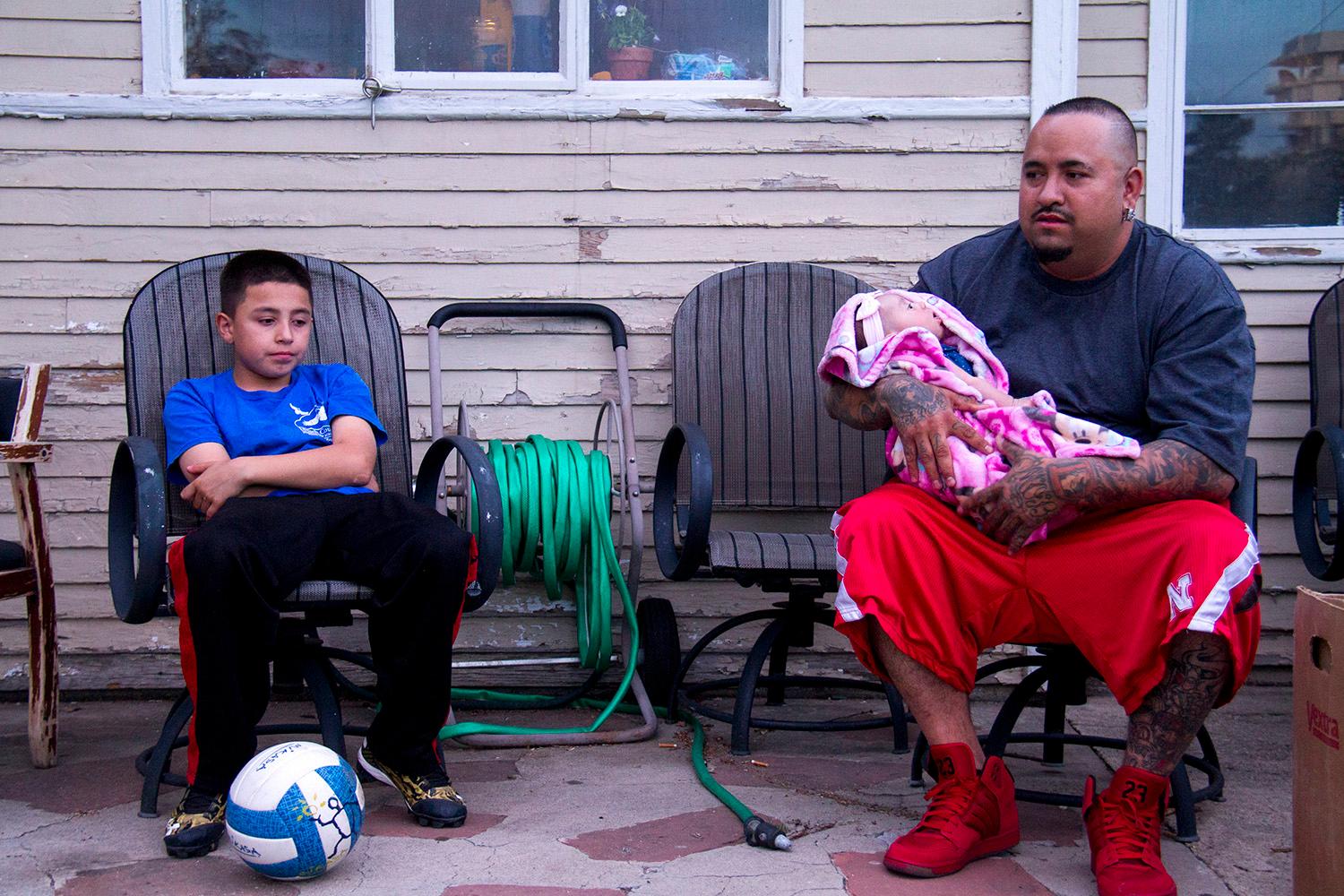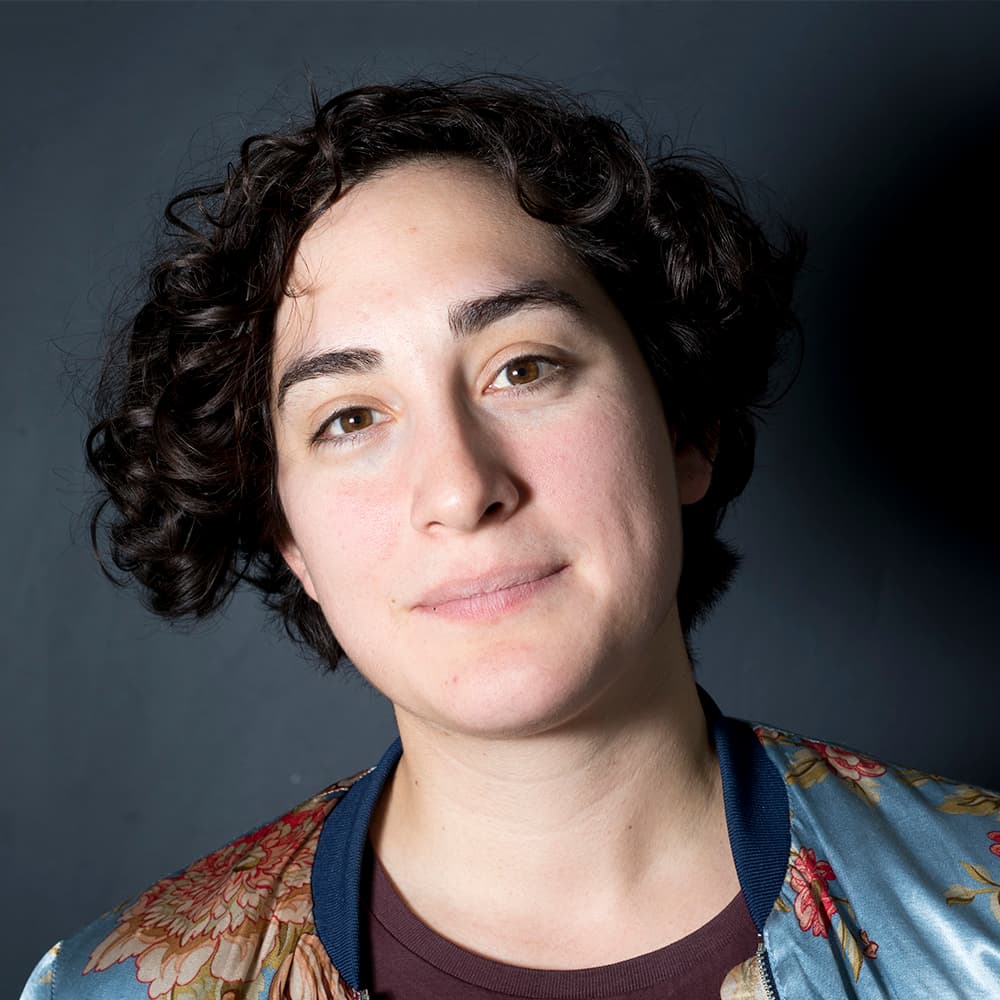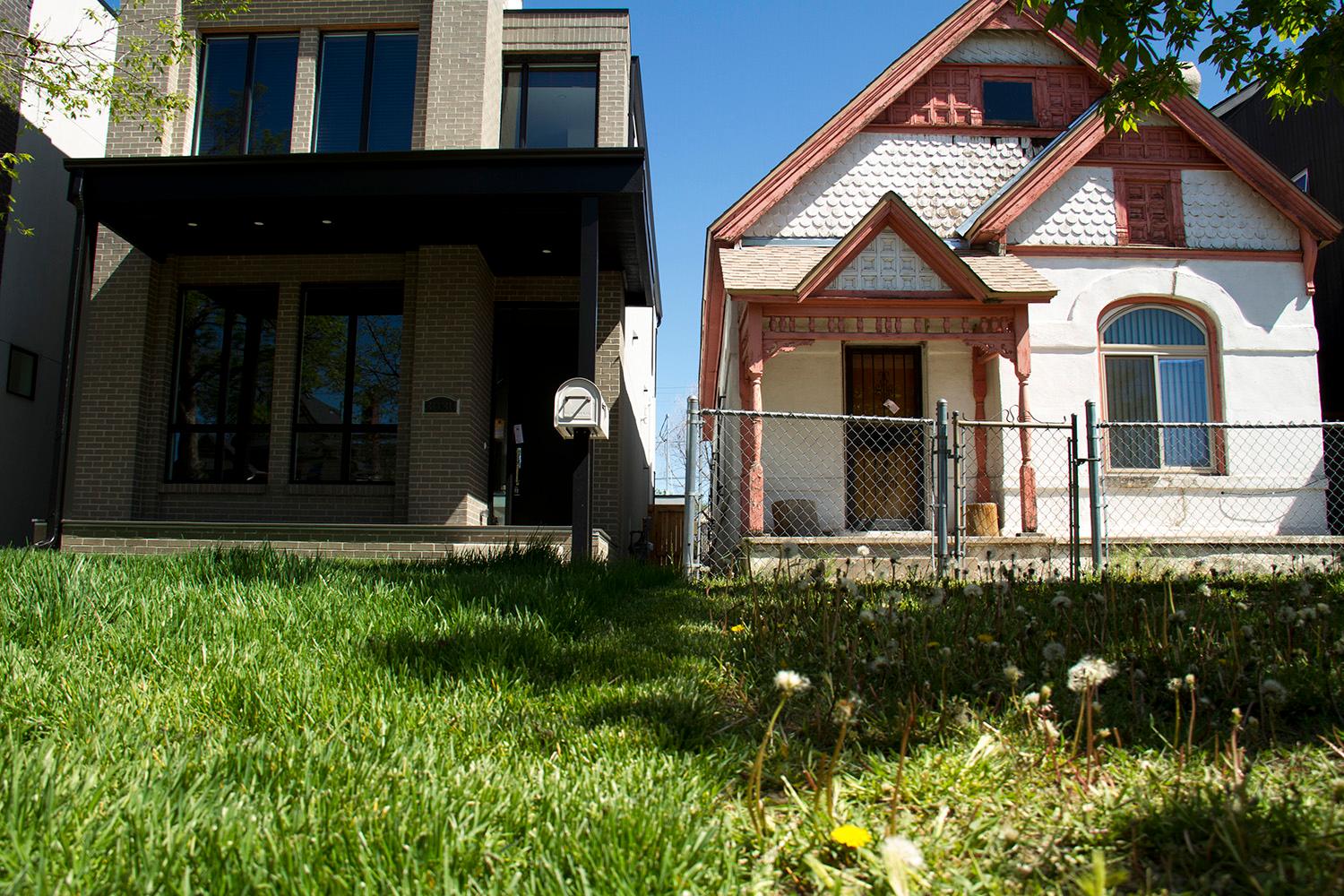
Denver’s prospectors aren’t looking for gold anymore — they’re looking for the perfect piece of real estate. Some of the biggest potential gains lie in house-flipping: Buy a home, fix it up and sell it to some newcomer for a wad of cash.
Gross profits are at their highest point in eight years. The average flipped house in Denver sold for $171,226 more than its purchase price in 2015, according to a Denverite analysis of house flipping based on the city's real property sales and transfers data. (More on methodology.)
Numbers like that are part of the reason people talk about flipping houses even though they are only 5.1 percent of the real estate sales in Denver since 2008. With a tighter supply of houses available now, that means that developers who still flip house need to make it worth their while. For some, that means rebuilding homes to sell for much more. Others keep a close watch on how much they invest to fix.
Flips more prevalent in west and northeast
Viewed month by month, house flipping clearly affects nearly every part of Denver. Around June 2009, flipping was clustered in parts of west and northeast Denver. Fast-forward exactly six years, and flips are more concentrated in northwest Denver and the North Park Hill area.
Flips in Denver over the last seven years
That schism is one way to see two different engines of flipping.
After the Great Recession and the housing crash, foreclosed properties were more common. At least 41 percent of all flips in Denver since 2008 started with a foreclosed property. So when you look at clusters in 2009, you can see how foreclosures had a heavy influence on house flipping in northeast and west Denver.
In Montbello, Denver’s most flipped neighborhood, 73.6 percent of all house flips involved a property that had been foreclosed on. In the second-most flipped neighborhood, Gateway - Green Valley Ranch, 74 percent of all flips can be traced to a foreclosure. But most of the flipping happens before 2011 in both neighborhoods.
By 2015, foreclosures were less common and house flipping in Denver shifted away from neighborhoods hurt most by foreclosures and into parts of northwest Denver and other areas associated with gentrification.
A post-recession federal program funded one of Denver's top flippers
Del Norte Neighborhood Development Corporation isn’t the organization you’d expect to be doing a lot of house flipping in Denver. Yet the nonprofit is among top 15 flippers in the city and county of Denver. That’s because Del Norte, along with other Denver community groups, received federal funds after the great recession for the Neighborhood Stabilization Project.
Denver's NSP fixed and resold foreclosed and abandoned properties in west Denver and northeast Denver neighborhoods. Along with Del Norte, North Denver Housing and Newsed Community Development also received funds from the program to redevelop single-family homes. The fixed properties were then sold to people with low incomes. Between the different organizations, the definition of low income ranged from 30 percent AMI to 120 percent AMI.
With the money, Del Norte sought to buy and fix foreclosed single-family homes largely in Montbello, Green Valley Ranch, and parts of west Denver. That task fell to Senior Housing Specialist Diane Vollmer, who oversees the organization's housing. She's still looking for foreclosure properties to fix too, they're just hard to find.
At the peak of their flipping, around 2011 and 2012, Vollmer said neighbors were happy to see her working on homes.
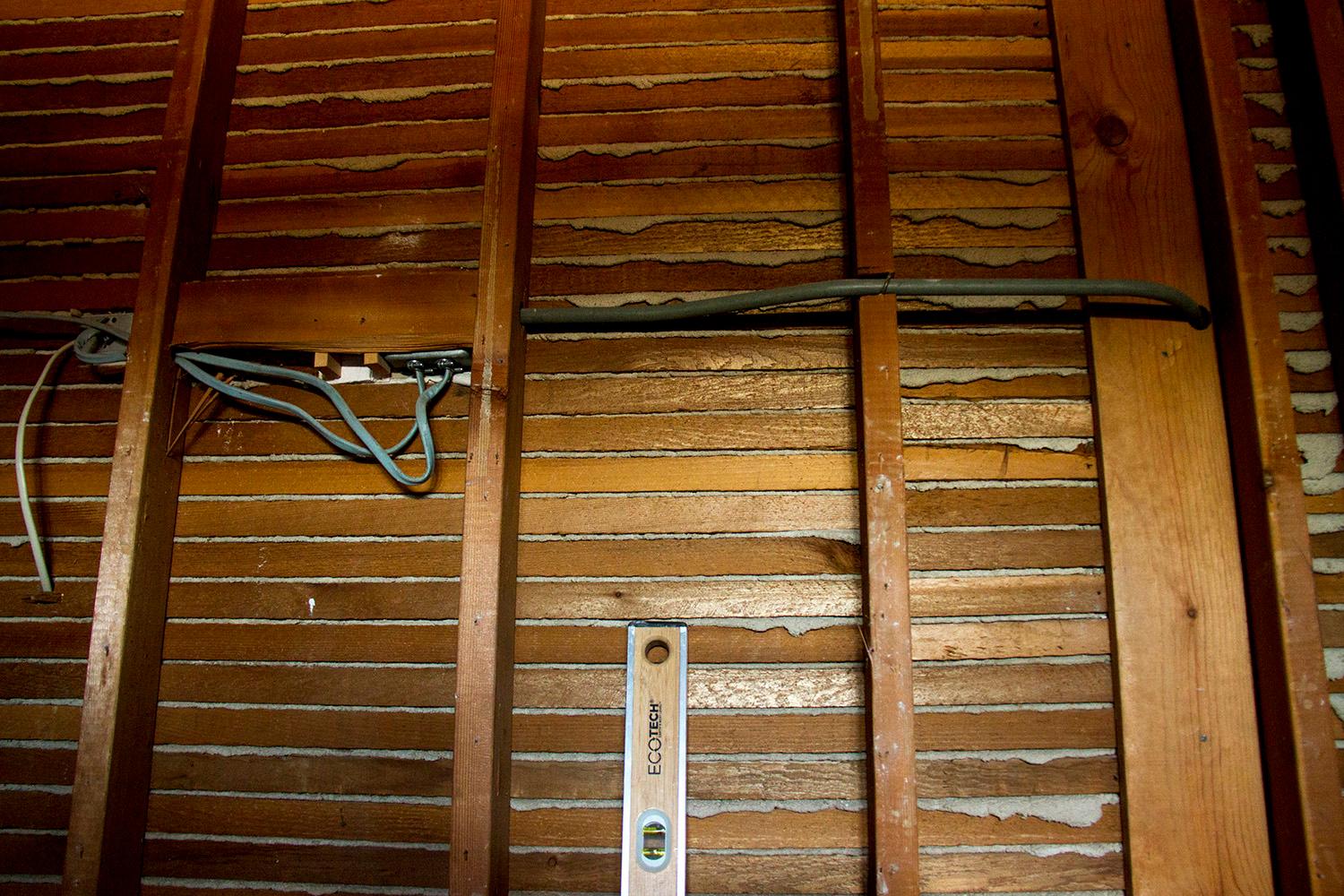
“I never, ever got any problems from the neighbors because they would be so grateful because I picked that terrible house that's been vacant and broken into 100 times,” Vollmer said.
These days, Vollmer is finding that neighbors are a little less tolerant of construction.
"It has changed a little bit because now I'm starting to get: 'No, you can't put your dumpster here,' and, 'They can't be starting at 8:00 a.m.,' and things like that. People are getting a little bitchy," she said.
Economic forces are encouraging quicker flips, with less work.
Developers will tell you house flipping has gotten harder as the stock of available houses gets lower and lower. For some, that means carefully monitoring the bottom line.
“We've sort of dialed back a little bit how much money we are putting into them,” said Evolution Development's Cynthia Dorroh of flips. “There's such incredible competition to get houses, that you don't have to fix them up as nicely as you did several years ago.”
Dorroh has also moved toward rebuilding houses when she flips them, what some people call scrape-and-builds.
“People's reactions to scrape-and-builds tend to be much more negative than flipping,” said Dorroh. “There tends to be a positive attitude among the neighbors towards getting houses fixed up. But there's a lot of people not doing flipping well and [they] are creating a bad reputation for flippers.”
Other high-volume flippers either slowed down or stopped flipping houses around 2013. R Investments was among the city's top flippers, but they stopped flipping after 2010. Travis Steffens, president and chief executive officer the company, said that for him, the profit margins for flipping houses got "unacceptably small."
A quarter of the organizations that have done 30 or more flips since 2008 haven't flipped a house since 2013.
Denver Councilman Rafael Espinoza knows some of the problems of a badly flipped house first-hand. When he bought his first home in 1999, all he had to choose from were "really poorly executed flips."
"I had to sell my truck to make house payments because the water heater gave out," he said. "Everything that went wrong with that house cost $700. And there were a lot of $700 things that just happened that you don't prepare yourself for."
As a public official, his attention is directed more towards poor new construction than to the practice of flipping houses. But there is some overlap between that and the real estate developers who are still flipping houses, he said.
"The more prolific [flippers] are the ones that have found a way to do it cheaper, faster and well enough and don't have the scruples to care,” said Espinoza. “It's short-term profits over a long-term problem.”
In Espinoza's eyes, bad construction and inflated property values give would-be homeowners fewer quality options. Later when prices slow down, there will be more options, but also the possibility of abandoned homes, like in Green Valley Ranch after the housing bubble burst.
Denver's not done changing
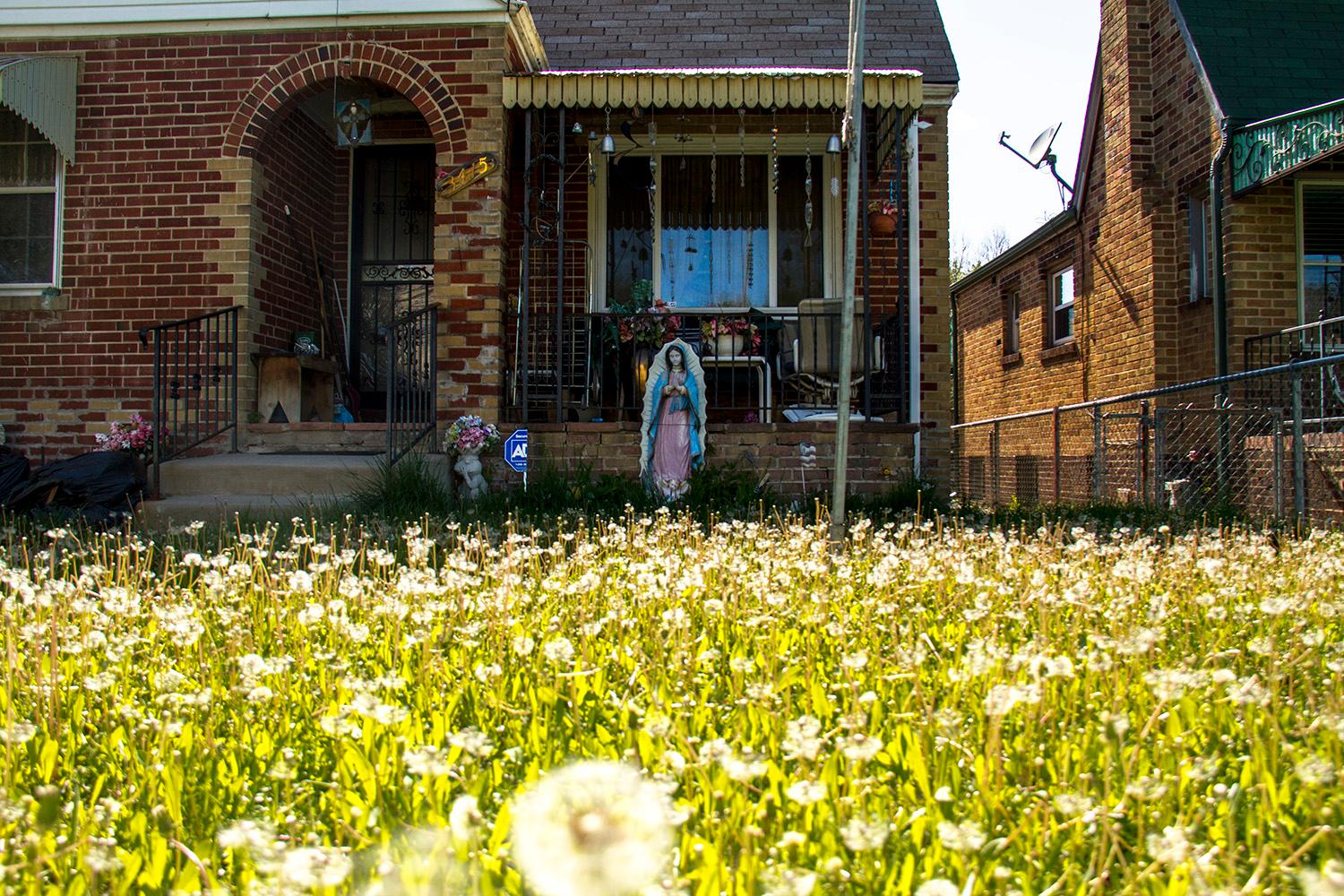
Despite never reaching particularly close to the 2009 flipping peak, there's still plenty of action, and it's not just the methods that are changing. It's the buyers, too. In the decade that Dorroh has been flipping houses, she acknowledges that the average buyer and the average price has changed.
“North Park Hill is one that I think, 10 years ago when we started flipping, was probably much less gentrified than it is right now,” she said. “Although, I can't say that I feel like [the neighborhoods are] really super significantly different in overall character.”
Chaffee Park resident Fran Pope has lived in the area for 17 years, but says she didn't notice the change until about two years ago.
Pope was jealous when the flipping first started, and now she’s “caught the bug” and is fixing up her own home.
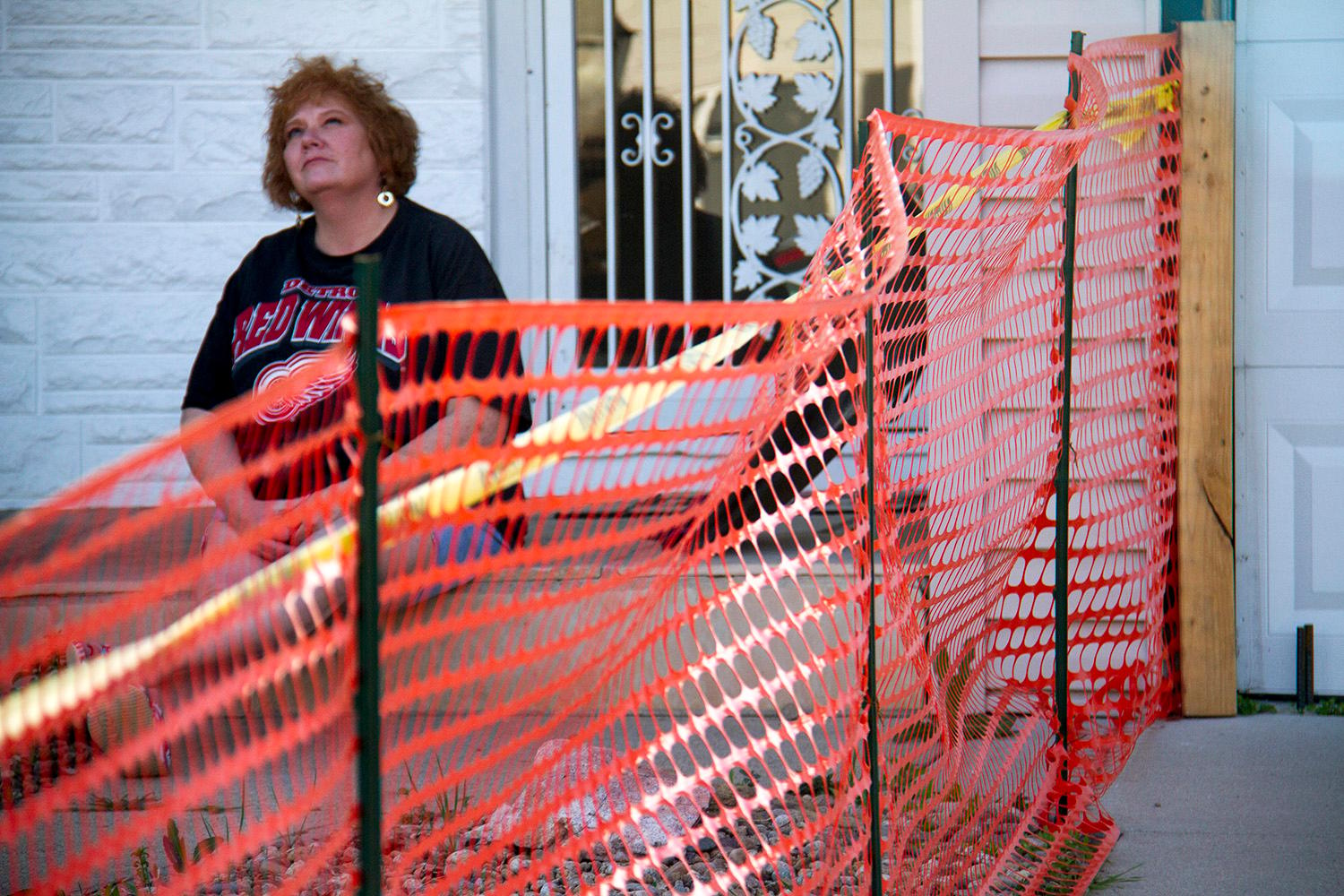
“When the street looks better, it makes me want to work on my home,” she said.
It helps that the value of her property has been steadily rising. She says that the appraised value of her home jumped $30,000 from the previous year.
But it’s not just having a great piece of real estate. Pope’s been living in her house long enough to see the little boy next door who gave her a ninja doll for protection grow up.
“I knew I had to make a decision: Am I going to stay or go? And I don’t want to leave,” she said.
That’s a common sentiment for many of her neighbors. The census tract that encompasses Chaffee Park is Denver's fifth most flipped. Counted as a percentage of population, Chaffee Park becomes the city's third-most flipped census tract, with nearly 47 flips per 1,000 residents.
And unlike Montbello or Green Valley Ranch, flipping houses has continued more or less uninterrupted since 2008. Below, the cumulative view of house flipping over time shows that nearby neighborhoods have a similar story of growth.
Cumulative house flipping in Sunnyside area
Down the street, longtime Chaffee Park renter Mark Rodriguez wants to get in on home improvement, too.
“I want to buy a house and fix it up,” he said. “I don’t know how we’ll save enough to do that, though.”
He’s lived in the same rental property at the corner of 50th and Elm Court for the past six or seven years. But a few weeks ago, he and his family got a 30-day notice to vacate, so Rodriguez and his family will be moving to a new place not too far away.
Their landlord is looking to sell the property, he says.
